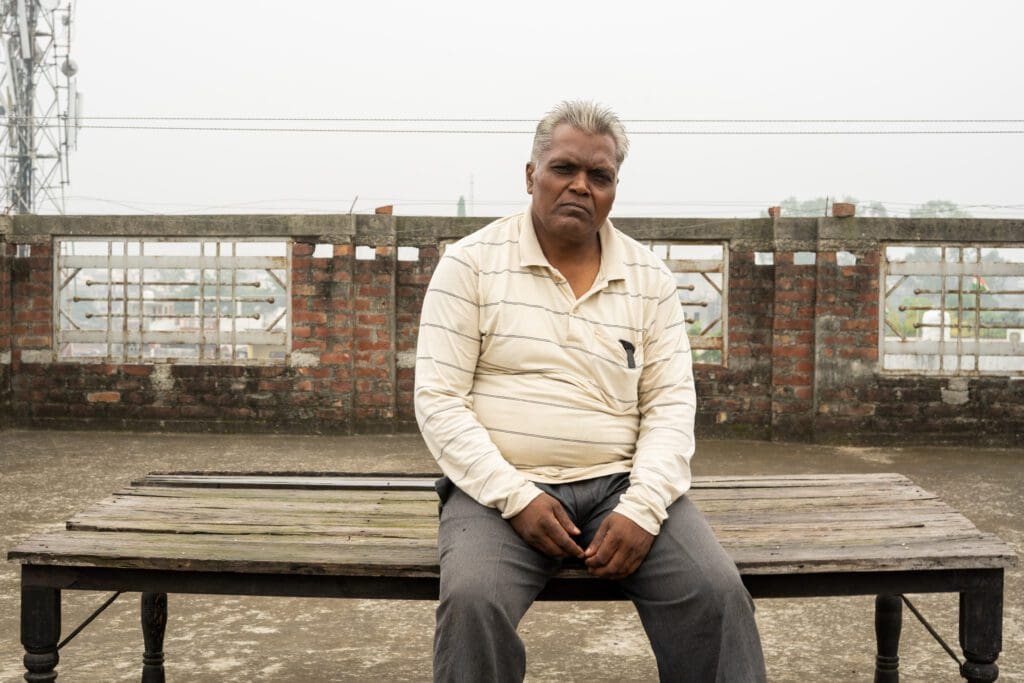
In August 2013, deadly communal violence broke out in Western Uttar Pradesh killing dozens of people, overwhelmingly Muslims. Officially, the killing spree that went on for weeks took 64 lives in Shamli, Muzaffarnagar and adjacent districts.
But even a decade later, survivors are appealing to declare their kin to be declared a casualty in the carnage. If the government is under-reporting the casualties, it has denied justice for the victims and relief for survivors.
A compilation of responses from the Right to Information requests, filed by the Afkar India Foundation, suggests the number of lives lost is more than the figure mostly reported by most media outlets.
According to the data, reviewed by Maktoob, 42 people were killed in Muzaffarnagar and 22 in Shamli, the districts worst hit by the violence. Although that sums at 64, casualties were also reported in other districts.
Three people were killed in Baghpat, four in Meerut, and one each in Hapur and Saharanpur. they all received compensation from the state government. These figures don’t include the missing people who were later, on December 05, 2013, presumed dead by the Special Investigation Team.
A government document from 2013, seen by Maktoob states that out of 21 people who went missing, four people were found and 17 remained untraced. According to Akram Akhtar Chaudhary, an activist turned lawyer leading the Afkar India Foundation, two more people were found and the number of missing is presumed to be 15 people.
Among those 15 missing, 11 are from Lisargh, a village surrounded by sugarcane fields near Shamli. Initially, 13 Muslims from Lisarh went ‘missing’ on 08 September 2013. The same day, three bodies were found on the outskirts of the village but police failed to secure it. The officers involved faced disciplinary action for their misconduct but the recovery never made it to the list of deaths.
The next day, two were recovered from a nearby village.
Shaheed Hasan’s parents are among the remaining 11 people untraceable from Lisarh, a village now considered the worst hit by the violence. Hasan, who barely survived the violence himself, believes his father Sirajuddin, mother Hameedan and three of his neighbours Umardeen, Kareemuddin and Wakeela were killed by the mob he saw.
He named them in the FIR and pursued the case. But later police dropped the murder charges against which he had approached Allahabad High Court.
“They [rioters] roam free, their leaders got the reward. We still struggle to get papers that announce them dead,” Hasan told Maktoob.
Hasan’s relative Rijwan Saifi has filed a petition to the National Minority Commission to expedite the procedure of declaring the missing people dead and get the government job that was part of the rehabilitation package announced by the then Uttar Pradesh government.
“They want to hide numbers of people killed but it affected us,” Saifi said.
Chaudhary told Maktoob that 12 unclaimed bodies were retrieved from the region during the span of violence, 27 August to 15 September. This was also reported by media houses during the time. Anyhow they are not counted as casualties.
“It is customary to undercount the casualties after rioting in India,” pointed out Zafarul Islam Khan, former chairman of the Delhi Minority Commission who worked for the rehabilitation of the Muzaffarnagar violence.
“Nearly 100 people were killed during August and September. But the violence had begun much before,” filmmaker and activist Nakul Singh Sawhney said. He urged Maktoob to look at what happened after the violence.
About 60,000 people, almost all Muslims, took refuge in camps near Muslim-dominated settlements due to violence in their native villages. Over 60 refugee camps cropped up in the weeks after the violence While the government recognized only 9 camps.
By January next year, as many as 34 children aged below 15 had died in the relief camps set up for Muslims who fled their villages. The number of men and women who passed away due to dire conditions and disease outbreak in camps are mostly undocumented.
A factfinding report titled,” Report on Communal Violence in Shamli and Muzaffarnagar” by faculties of Tata Institute of Social Sciences, stated that “ The rough estimate of number of deaths of children and adults in the camps is around 100. We see no reason to distinguish the deaths of innocent Muslims in the sub-human conditions of living in the camps post-violence with that of the deaths from the attacks.”
Out of 47 cases in which the offence of attempt to murder was lodged the trial was completed in only one case. Seven people, all Muslims, were convicted in a related to the murder of two youths, Sachin and Gaurav, the duo who killed Shanawaz on 27 August 2013, the trigger for the carnage.



